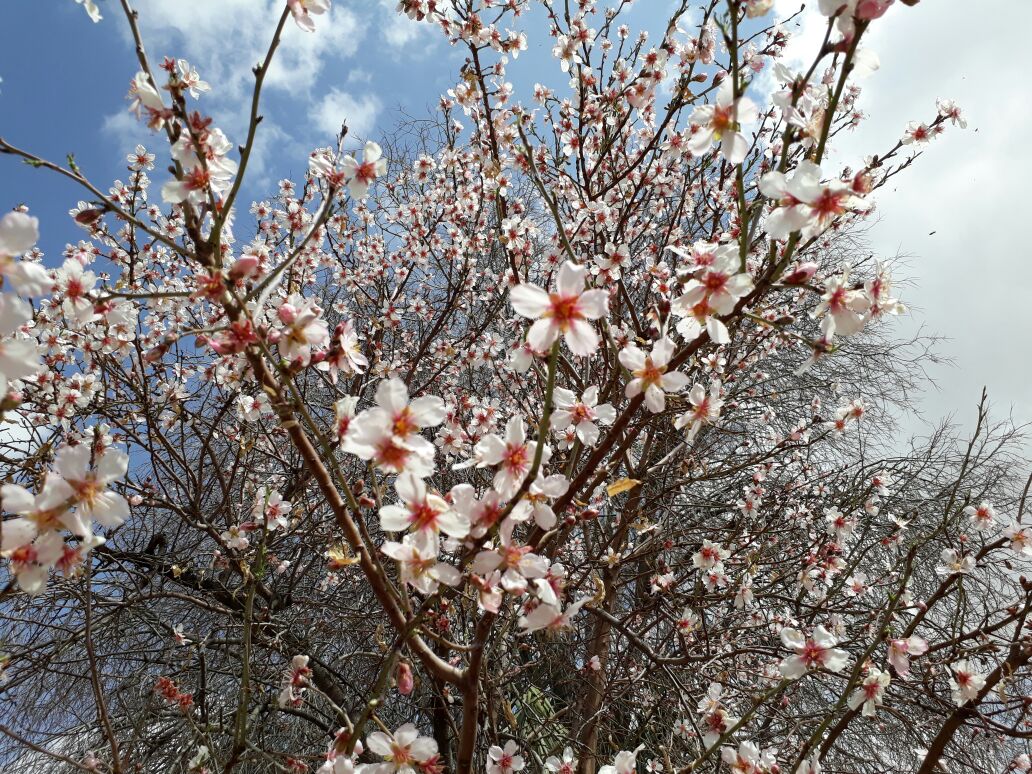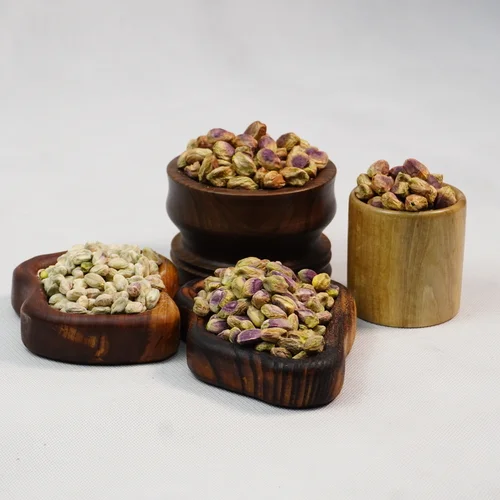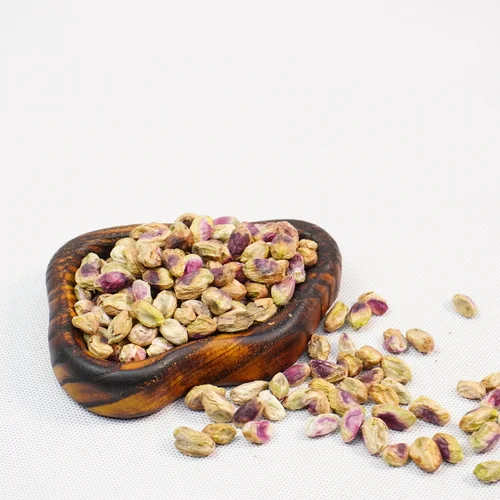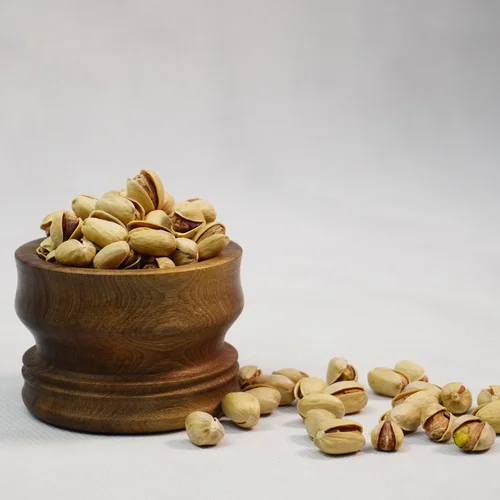Early spring heat and a threat to pistachio trees

Pistachio trees are very sensitive to climate change, especially in the early stages of growth. While they thrive in warm climates, unexpected increases in temperatures in early spring can pose serious challenges for farmers.
Why is early spring heat a problem?
When temperatures rise too quickly in early spring, pistachio trees often start to bloom earlier than usual. This early blooming puts the trees at greater risk. If colder weather or a sudden frost returns after a heat wave, the delicate buds and flowers can be damaged. When buds are damaged, the tree may produce fewer nuts, reducing both quality and yield.
Impact on farmers and production
For pistachio farmers, even a short period of unusually warm weather can cause financial losses. A poor harvest means less supply in local and international markets. Since growing pistachios takes years and requires significant investment, such losses can be very difficult to recover.
Long-term concerns
Climate change is causing an increase in early spring heat. This means pistachio growers must constantly adapt to the conditions. In some areas, conservation agriculture methods – such as shading the orchard, improving irrigation and soil management – are being tested to reduce damage.
Conclusion
Early spring heat is more than just a short-term weather concern. It is an ongoing challenge that, if not carefully managed, could threaten the future of pistachio production. By investing in research and adaptive farming techniques, farmers can protect their orchards and ensure a sustainable future for this valuable crop.
Source: Amazon




